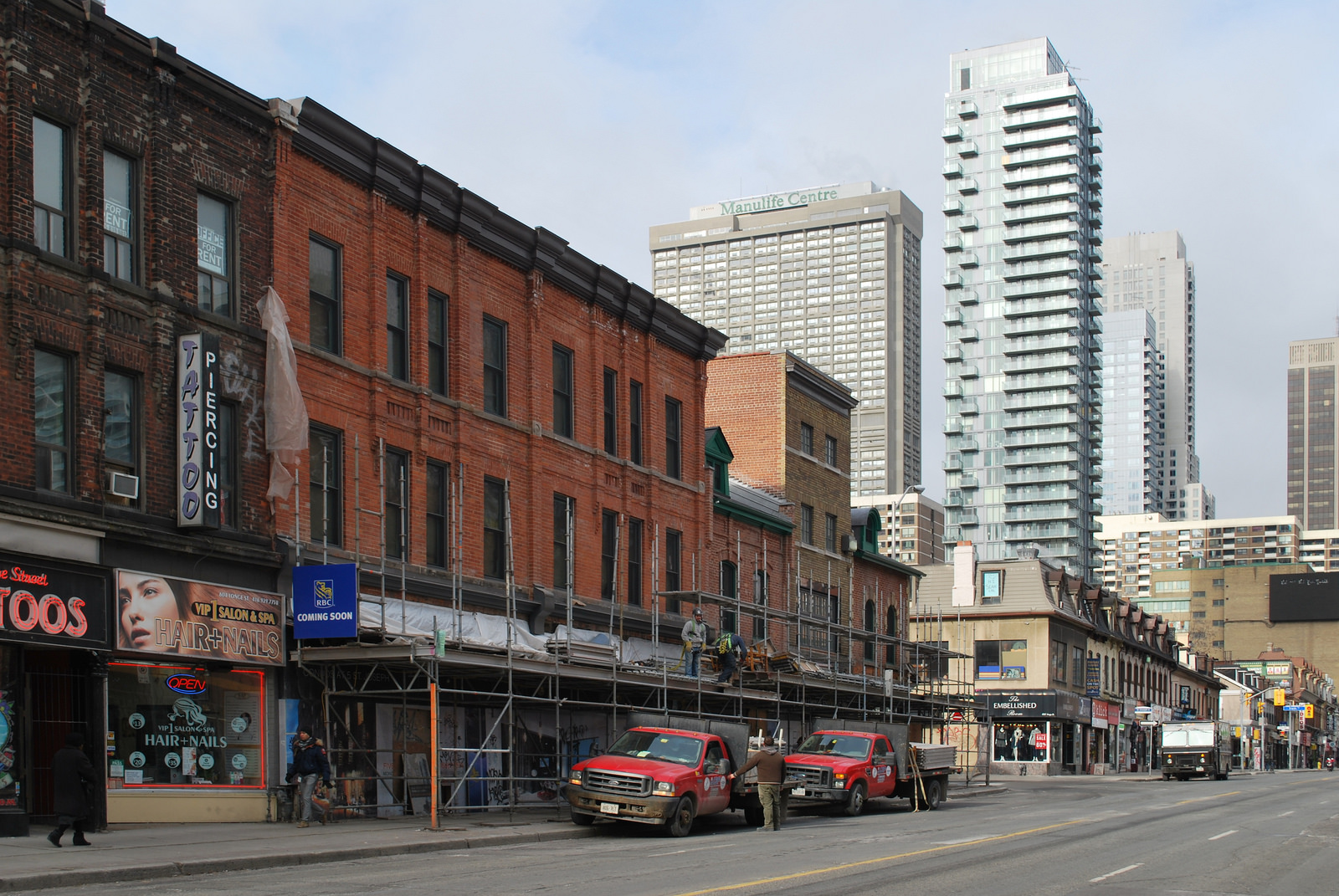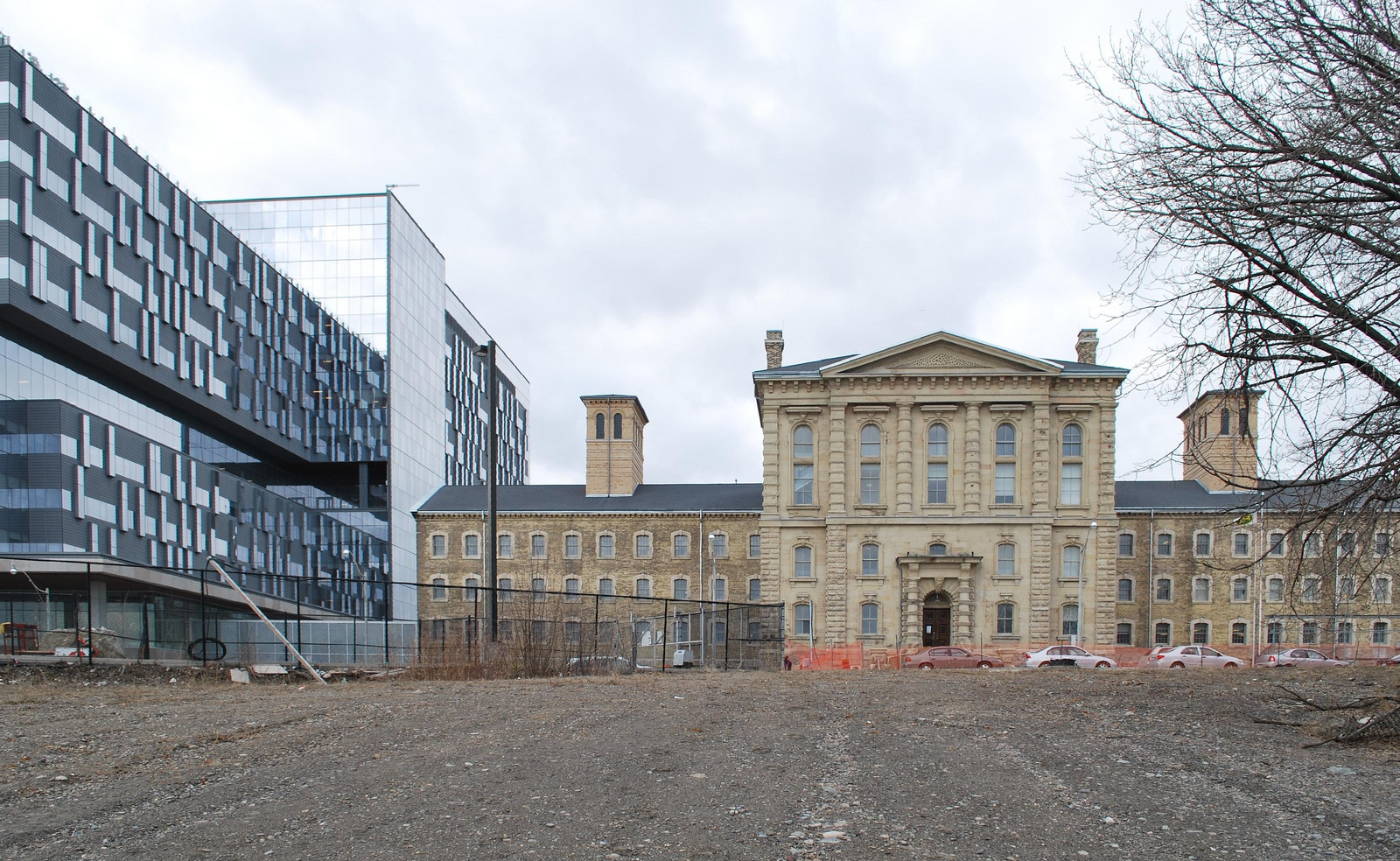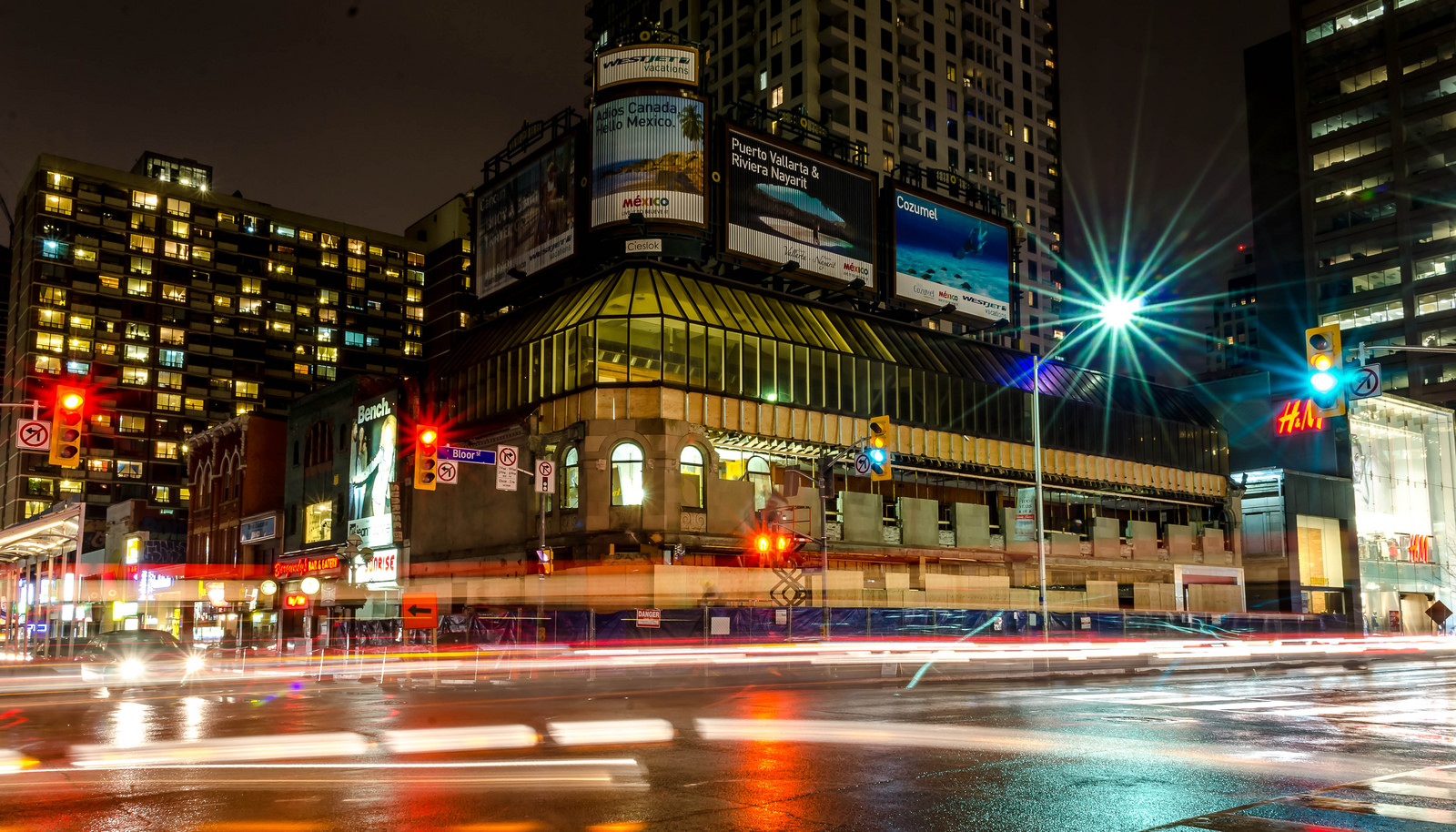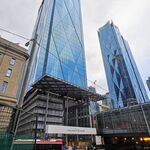There are thousands of buildings in Toronto that are listed under the City's Inventory of Heritage Properties. These properties have been given a status by the City that aims to prevent their demolition, signifying their cultural heritage value. Yet, on several occasions in recent memory, potentially valuable heritage structures in Toronto have ended their storied histories in rubble. The loss of Walnut Hall, the former Empress Hotel at Yonge and Gould and most recently, the Stollerys building, have raised questions about what more could or should have been done to protect these structures.
Municipalities in Ontario have the ability, under Part IV of the Ontario Heritage Act, to designate buildings they deem are of "cultural heritage value or interest." The property must meet one or more of the prescribed criteria related to the building's physical, historical and contextual value. The Toronto Preservation Board is assisted by Heritage Preservation Services (HPS) in deciding which buildings are worthy of protection. If staff recommends that a building be included in the inventory, it is put to a vote at City Council.
 Heritage restoration work at Five Condos on Yonge Street, image by Marcus Mitanis
Heritage restoration work at Five Condos on Yonge Street, image by Marcus Mitanis
Buildings on the Inventory are either "listed" or "designated". A listed property is one which the City has merely adopted a recommendation that the property be included on the Inventory. It signals the City's intention to see the building preserved. Though the listing does not give the property any legal protection, the property owner must notify the City within 60 days of their intention to demolish the structure. This notification is meant to give the City time to "designate" the structure if they wish. A designation means that demolition or alteration of the heritage attributes of the building would need the approval of Council. A property owner who wishes to demolish or make alterations to their building can legally be refused a demolition permit by Council, though the owner retains the right to appeal.
In recent years, efforts have been undertaken by the City to designate buildings on a much larger scale, helping to mitigate the threat of development. This is done under Part V of the Ontario Heritage Act, which allows Council to designate entire neighbourhoods through the implementation of a Heritage Conservation District (HCD). Every property within a HCD then becomes protected, requiring heritage permits approved by Council in order to alter or demolish the building's exterior. Each HCD is accompanied by a District Plan which outlines the heritage and cultural value of the area, the objectives the HCD is meant to achieve, and any prescribed minor exterior alterations that would not require heritage permits.
 Cabbagetown contains four separate HCDs, image by Marcus Mitanis
Cabbagetown contains four separate HCDs, image by Marcus Mitanis
Designated properties undergoing conservation work may be eligible to receive financial assistance through the Toronto Heritage Grant Program. Preservation, rehabilitation, and restoration activities are eligible under the program, which grants funds of up to $10,000 or 50% of the eligible heritage conservation work cost.
The Heritage Property Tax Rebate Program also assists designated property owners by offering a rebate of up to 40% on their municipal and educational property taxes. A Heritage Easement Agreement (HEA) must be in place for properties to be eligible. The HEA is a voluntary agreement between the City and the property owner which legally commits the owner to conserve the heritage features of a building and perform any required maintenance over time.
Though the financial assistance provides some relief to property owners, some heritage buildings fall into disrepair. Other potential heritage buildings not designated or even listed in the Inventory suffer a more final fate in the form of demolition. In cases where a potentially significant property is not included on the Inventory and a demolition permit is forthcoming, the City has limited options to protect the building.
 The former Don Jail was designated a heritage building in 2000, image by Marcus Mitanis
The former Don Jail was designated a heritage building in 2000, image by Marcus Mitanis
Commercial buildings do not have the same level of protection against demolition that residential buildings do. Under Section 33 of the Planning Act, municipalities have the power to prevent the demolition of residential buildings if no replacement building permit has been issued. “For commercial buildings, the only circumstance where there is demolition control is if it's designated a heritage building," Ann Borooah, Executive Director and Chief Building Official for Toronto Building told us. “If something is allowed as-of-right and doesn’t need more municipal approvals, we’re obligated to issue a demolition permit.” In addition, the Building Code states that municipalities must review the permit application within a specified timeframe so long as it meets the defined criteria. "Once all the requirements have been met, there's an obligation to issue," said Borooah.
In cases where an application has been submitted to demolish a building not currently designated, the City can signal its "intention to designate" which would void any demolition or alteration permits in the system. Anyone, including the property owner, can object to the intention to designate within 30 days, after which a hearing will be held if any such objections are filed. Though the intention to designate voids any active permits, it first requires proper study and approval by the Toronto Preservation Board and City Council. “You have to research, you have to document, you have to understand architectural history and the history of the site," Mary MacDonald, Acting Manager of Heritage Preservation Services told us. "You need to put all that together and evaluate it in order for it to be a designation which will withstand an appeal. The primary goal is to make sure that your designation is sound, that it’s based on existing criteria, and that it’s defensible.”
 The Stollerys building at Yonge and Bloor, image courtesy of Forum contributor kotsy
The Stollerys building at Yonge and Bloor, image courtesy of Forum contributor kotsy
In the case of Stollerys, the partial demolition of which has caused some controversy, local Councillor Kristyn Wong-Tam initiated an evaluation looking into the possible designation of the property. The demolition permit application had been submitted to the City prior to this initiation and, as per law, was granted within the allotted timeframe. Wong-Tam has stated that she would like demolition control to be extended to commercial buildings in addition to residential, in order to prevent lots from being vacant for extended periods of time, which would require an amendment to provincial legislation.
In order for the City to signal its intention to designate, thus stopping demolition, Heritage Preservation Services would have to determine first whether the property is worthy of designation and if so, refer it to City Council for approval. “The next Council meeting was February 10 so in terms of the actual possibility, if we stayed up all night, did the research, went to the archives and got a report together that was sound and we felt confident in our professional judgment, and we were able to get an emergency meeting at the Toronto Preservation Board within 24 hours, we still don’t have a Council meeting to get to," said MacDonald. MacDonald acknowledged that while a special meeting can be called to prevent demolition in emergency cases, it is rare and would require a "full-sitting Council". “Sometimes in these circumstances, it does place you at a disadvantage in terms of time for dealing with emergencies,” she said.
 7 Austin Terrace was subjected to a provincial stop order, image by Marcus Mitanis
7 Austin Terrace was subjected to a provincial stop order, image by Marcus Mitanis
In rare cases, the province can step in and protect buildings against impending demolition. Section 35.2 of the Ontario Heritage Act allows the province to issue a stop order to prevent demolition, but it may only be used on property of "provincial significance". “It’s only been done twice to my knowledge since the stop order provision has been in existence: 7 Austin Terrace and the Lister Block in Hamilton," said MacDonald. “But that’s a pretty big hammer and they have to be fully able and willing to see the provincial significance of something, and even then it’s complicated. It’s an extraordinary measure.”
Although not every potential heritage property can be saved from the wrecking ball, Heritage Preservation Services is expanding its scope to focus more on Heritage Conservation Districts, which would help protect the specific features key to a particular neighbourhood's urban fabric. “We have lots of buildings in the city that should be on the Inventory and the work is never complete," said MacDonald. "You’re always adding to it because you’re discovering new things, time marches on and what we think of as valuable goes with time." Heritage Preservation Services is also studying the inclusion on the Inventory of buildings from a variety of architectural eras. "We’re looking at 60’s and 70’s architecture now and seeing the value of it from a heritage perspective. It’s not just the Victorian brick.”
While development pressure can lead to a heritage designation for a specific property, the City constantly undertakes surveys to ensure the Inventory is accurate and as comprehensive as possible. With Toronto undergoing a dramatic transformation that shows no signs of letting up, the architectural and cultural role our heritage buildings play in contributing to the evolving cityscape will only become more significant.

 15K
15K 









































